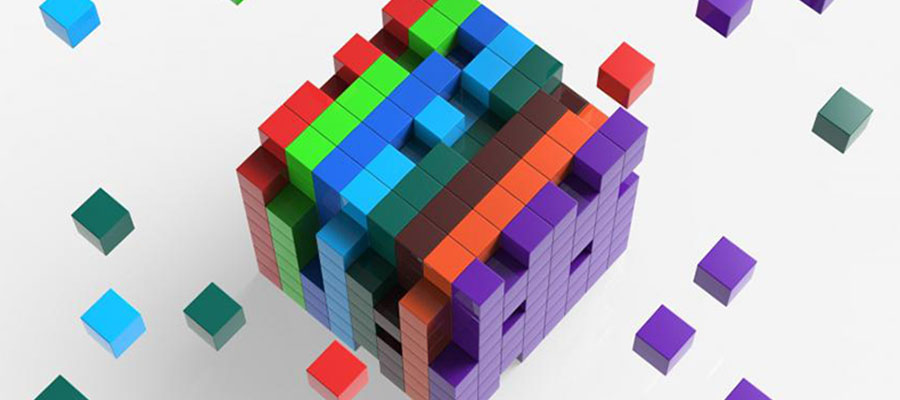Blockchain Buzz Enters Healthcare
Everyone is talking about blockchain. The newest tech buzzword promises to transform healthcare data storage, delivery, and security in the future. The technology is still in the nascent stages of development, but already many are looking forward to applying it as a cure-all across industries.
How will blockchain affect healthcare overall? There are a few areas where the technology could be applied to immediately improve healthcare processes, and some are already doing just that. But real-world challenges must be surmounted before blockchain can be implemented in a widespread fashion in the United States.
What is Blockchain?
Put simply, blockchain is a shared database existing in multiple locations at once. Each “block” of data records is added with a timestamp and a link to a previous block, creating a chain of information. Every entity within the network has a real-time copy of the entire database. This type of structure makes it extremely difficult to manipulate or hack any data within the chain, and on top of that, all data is encrypted. Companies in the financial services and supply chain sectors are already testing the applications of blockchain privately, and the healthcare industry has recently jumped on board.
For example, SimplyVital Health has developed a project called ConnectingCare to assist providers in bundled payments. Using financial forecasting and care coordination, ConnectingCare can help determine how much a patient’s care will cost when bundled with multiple organizations. And MTBC is using a combination of blockchain and APIs to allow patients to transfer their records from one provider to another, running on the Hyperledger platform. Both projects are already available for use.
Healthcare Applications
As seen above, blockchain can be applied to the storage and sharing of medical records. Integrity of the records is assured through time stamping and inherent security measures of the technology. Storing medical records in a blockchain would be relevant to clinical trial participation, and provide a permanent record for legal cases. This permanent record could also improve patient consent management, possibly eliminating the need to obtain a separate consent at each provider’s office.
Additionally, incentives could be offered to patients in a secure manner for following a care plan or participating in clinical trials. Finally, the biggest challenges in population health management are reportedly data security, shareability, and interoperability. Applied correctly, blockchain technology has the potential to improve all three areas of need. Over time, better quality shared data could improve care delivery across all types of demographics.
Current Challenges
Since the technology is still being sporadically tested by private organizations, many unanswered questions remain before the it can be effected on a large scale. The ability of blockchain to handle the sheer volume of images, documents, lab results, and other documentation that goes into a medical record over a patient’s lifetime has yet to be systematically tested. Conforming to current rules and regulations, especially those relating to patient privacy such as HIPAA, has yet to be addressed.
Furthermore, the security of the data depends upon it being distributed over multiple locations. Blockchain creators must ensure that patient privacy is continuously respected in each location. Ownership also comes into play. Does the patient own their data, or does the network itself own it? Finally, costs in both time and money to develop and use blockchain on a macro level have yet to be analyzed. Only once these challenges are met with answers and results can blockchain begin to deliver on the promises of its proponents.



